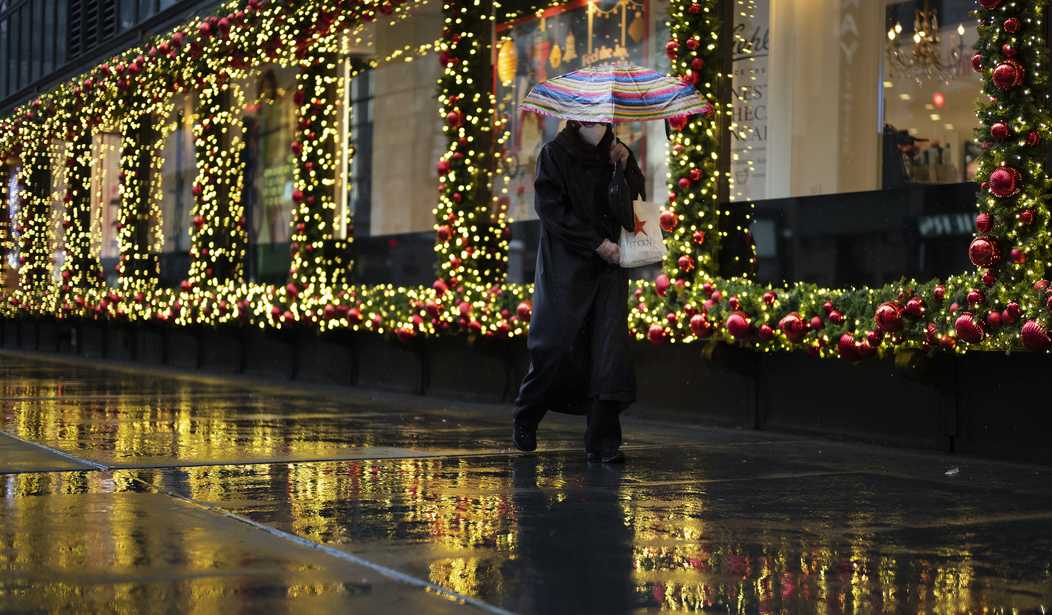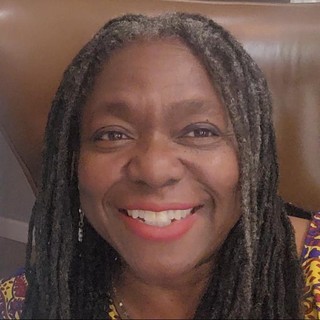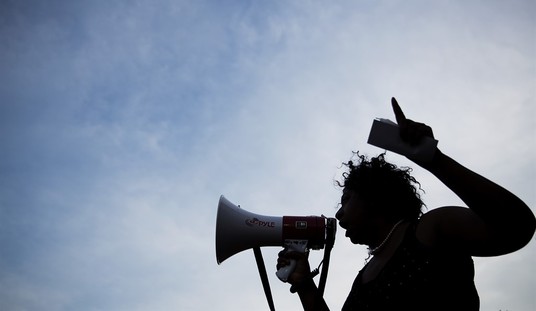I have many pagan, atheist, or agnostic friends who bypass Christmas, dismissing it as a commercial and religious quagmire in which they would rather not partake. But when December 21 (or whichever date is designated as the precise time) rolls around, they are big on the Winter Solstice wishes, rituals, and festivals.
The Winter Solstice, also known as “Yule,” is a celebration of the sun, renewal, rebirth, and the continuation of life. It is the shortest day and the longest night of the year. Yule has been considered the “Festival of Light,” or “The Festival of the Sun,” as it celebrates the return of the sun and the anticipation of longer days in the upcoming months.
I don’t know about you, but this past year has seen some long, dark nights, and days when sunlight, oxygen, and brightness have been in short supply.
But Light does ultimately pierce the darkness. It is fascinating that a star pierced the darkness over Bethlehem, where the baby Jesus lay. Interesting that Jesus is called in the Gospel of John, “the true light who gives light to everyone was coming into the world.” Jesus himself said, “I am the light of the world, he who believes in me shall not walk in darkness, but will have the light of life.”
So, using a festival or rituals to welcome the entrance of light into the world is merely using a different method of acknowledging that the Light of the World has come. The rituals are merely the preparation for his entrance.
It matters not that pagan rituals preceded the birth of Christ. The word says that all creation declares God’s glory. Ecclesiastes 3:11 says,
“He has also set eternity in the human heart; yet no one can fathom what God has done from beginning to end.”
Winter Solstice and its celebrations are simply an expression of eternity in the human heart.
When Zechariah was given back his voice after his miracle son John was born, he declared in Luke 1:78-79:
“[B]ecause of the tender mercy of our God, by which the Dawn will visit us from on high, to shine on those who live in darkness and in the shadow of death, to guide our feet into the path of peace.”
Solstice translates from Latin to “the sun standing still,” but then that sun moves higher each day and our days of light become longer. John 1:1-4 says,
“In Him was life, and that life was the light of men. The Light shines in the darkness, and the darkness has not overcome it.”
The entrance of Light means that the darkness will never be the same again, it will not last as long as it has, and when we embrace and walk in the light, the light changes and transforms us.
Even Hannukah, the Jewish Festival of Lights, points to this light piercing the darkness. It signals the Light burning away darkness, light that can never be extinguished.
Perhaps this holiday season is more long nights than bright days. Take heart. When we embrace the true Light who has entered the world, our situation, our circumstances, our darkness will never be the same. The Light may start with a small flame like the Hannukah candles, or a blazing Yule log as represented in the Winter Solstice rituals, or be as brilliant as the magnificent Star that led the wise men to Jesus. Know this: once Light enters the world, it will only grow brighter, stronger, and more powerful, until the darkness is dispelled.
“The people who walked in darkness have seen a great light; those who dwelt in a land of deep darkness, on them has light shone.”
May the true Light enter your world to dispel any shadows and darkness. Merry Christmas!















Join the conversation as a VIP Member